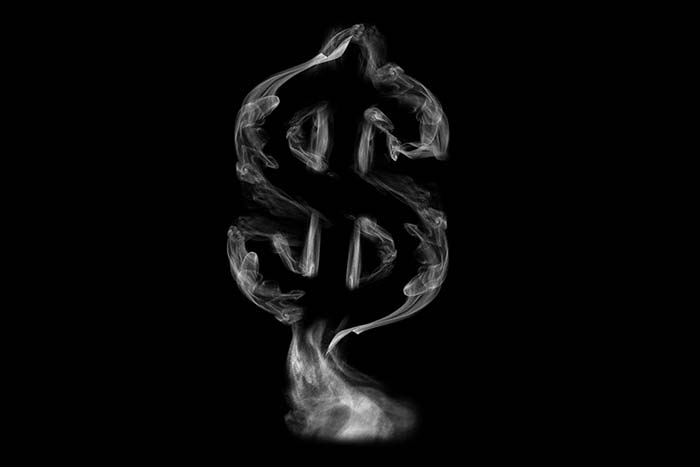As the saying goes, where there’s smoke, there’s fire. But in the case of British American Tobacco (NYSE: BTI), where there’s smoke, there’s a giant 10% dividend yield.
Can the company sustain it, or will it burn through its cash like the embers on the end of a forgotten cigarette?
In 2023, British American Tobacco posted its largest free cash flow figure in at least a decade.
The company generated $10.8 billion in free cash flow last year and paid out $6.3 billion in dividends for a payout ratio of 58%.
This year, free cash flow is forecast to decline to $10.3 billion, and the total dividend payout is projected to remain $6.3 billion. That would push the payout ratio up to 61%, which is still well within my comfort zone. For most companies, I like to see payout ratios of 75% or lower because that ensures they will still be able to afford their dividends even if free cash flow slips.

British American Tobacco has boosted its dividend every year since 2007, which is a great sign for its dividend safety rating.
Due to fluctuations in the exchange rate between the British pound and the U.S. dollar, investors in the company’s American depositary receipts (ADRs) may have occasionally seen small reductions in their dividends. But the company didn’t reduce the payout, which is the important factor when we’re looking at the safety of the dividend.
The ADRs pay a quarterly dividend of about $0.74 per share, which comes out to a 10.4% yield at current prices.
So we have a company that boasts a solid track record of paying and raising its dividend and has plenty of free cash flow to continue to pay shareholders a double-digit yield.
While tobacco is not healthy, you can’t say the same about British American Tobacco’s dividend.
Dividend Safety Rating: A

If you have a stock whose dividend safety you’d like us to analyze, leave the ticker symbol in the comments section below.
You can also take a look to see whether we’ve written about your favorite stock recently. Just click on the word “Search” at the top right part of the Wealthy Retirement homepage, type in the company name and hit “Enter.”
Also, keep in mind that Safety Net can analyze only individual stocks, not exchange-traded funds, mutual funds or closed-end funds.
